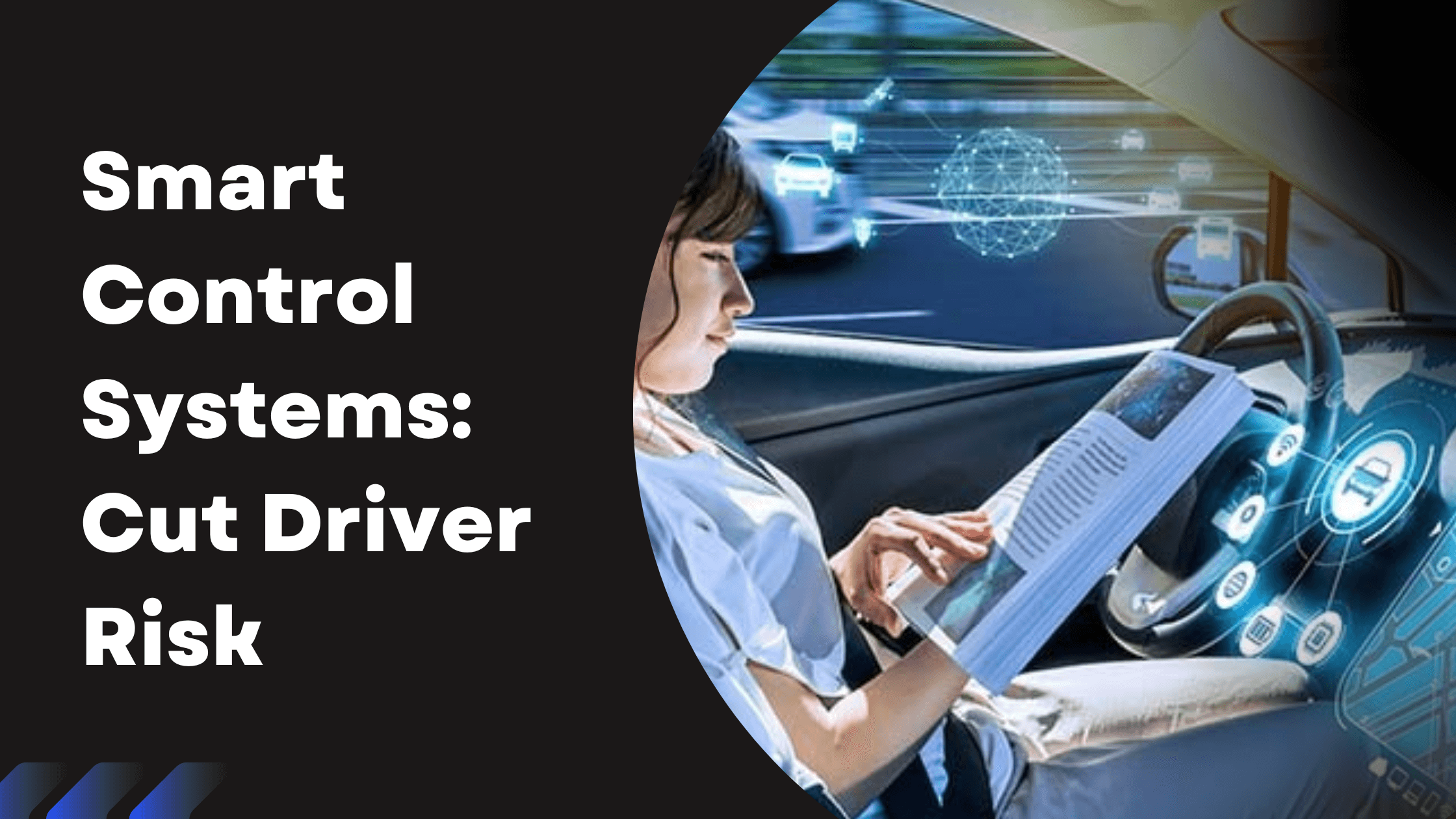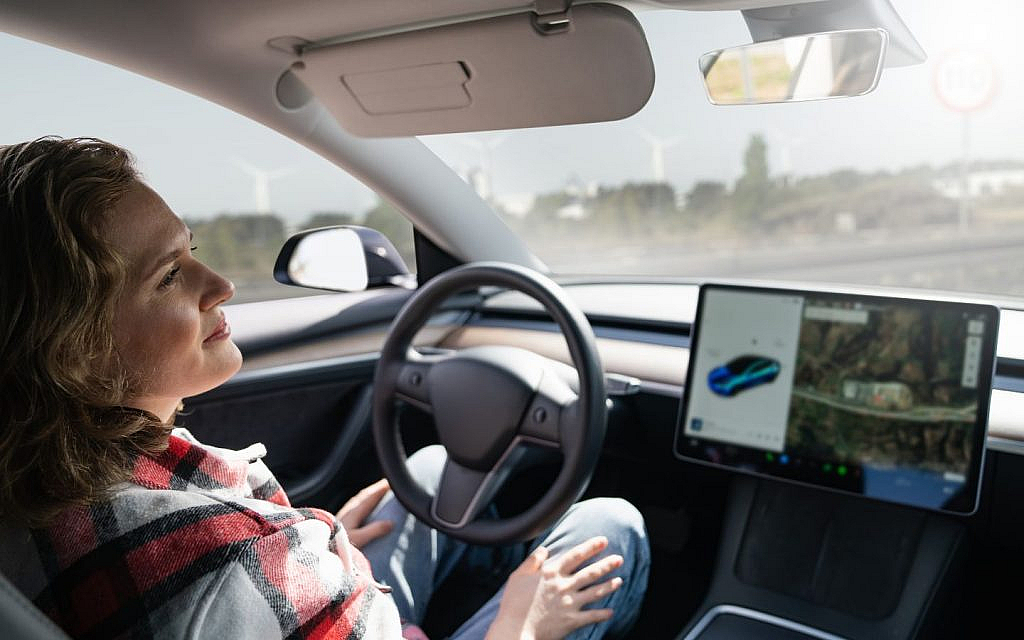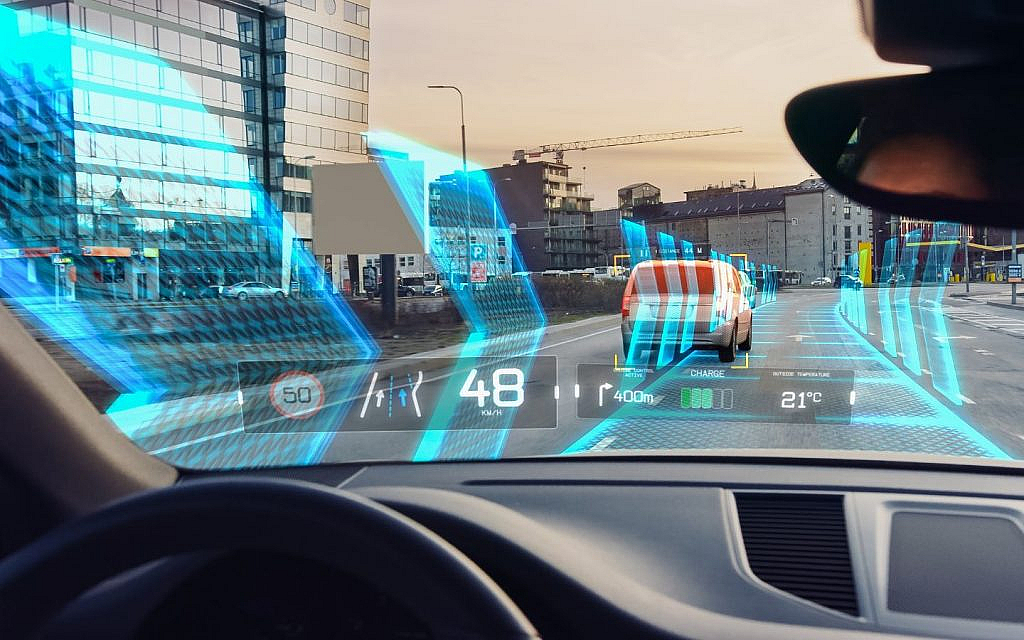How Intelligent Control Systems Reduce Driver Risk
Jun 12, 2025
Resolute Dynamics

Every time a driver pulls onto the road, they’re stepping into a live puzzle—speeders, stop-and-go traffic, phones in hands, rough patches. These days, knowing how to drive isn’t enough. You’ve got to stay one move ahead. That’s where smart control systems step up. Working quietly behind the scenes, they lower risk, support quick thinking, and can even take over when needed. Here’s how this tech is already reshaping how fleets protect their drivers and stay sharp on the streets.
✔️Key Takeaway:
AI-powered control systems spot danger faster than humans can blink. They handle speed, braking, and focus—cutting down on distractions, fatigue errors, and late reactions. For fleet operators, it’s smart defense: fewer crashes, smoother compliance, and fewer costly pauses in operations.
What Are Intelligent Control Systems?

In today’s smart vehicles, intelligent control systems are like the onboard decision-makers. They don’t just follow commands from the driver—they interpret situations, make predictions, and sometimes even act faster than a human can. These systems are built on a blend of sensors, embedded software, actuators, and increasingly, artificial intelligence (AI). Their goal? To improve safety, efficiency, and driver compliance on the road.
How They Work
At the heart of an intelligent control system is a control unit—a type of microcontroller or processor—connected to the vehicle’s CAN bus (Controller Area Network). This allows the system to:
- Monitor input signals from sensors (e.g., speed, yaw, steering angle, throttle position)
- Process this data using decision-making algorithms
- Trigger responses via actuators (e.g., adjusting brakes, reducing throttle, tightening steering)
The whole process happens in milliseconds, making it ideal for responding to high-risk driving conditions.
Types of Intelligent Control Systems
Let’s break down the most common ones you’ll find in modern fleet or commercial vehicles:
1. Speed Governors
These are programmable modules that cap a vehicle’s top speed based on either company policy or regulatory limits. In commercial fleets, they’re often geo-fenced—meaning the max speed can change depending on the location (e.g., a port, a school zone, or urban areas). They are essential for enforcing compliance with road safety laws and reducing reckless driving behavior.
2. Brake Assist Systems (BAS)
These systems spot signs like sudden brake pressure or slow reaction time, then kick in with full braking power. Brake Assist teams up with ABS and EBD to keep the stop smooth and straight. That kind of backup matters most when following too close or facing a surprise pedestrian in the lane.
3. Throttle Controllers
Electronic throttle control decides how much fuel and air the engine gets. Today’s systems can spot hard acceleration and tone it down to prevent wheelspin or slipping. That smoother response also helps with fuel use and keeps emissions in check.
4. Electronic Stability Control (ESC)
ESC pulls data from wheel sensors and gyros to catch skids or signs of a rollover. When it senses trouble, it cuts engine power and brakes specific wheels to help the driver stay in control. It’s especially handy in rain or at highway speeds, where things can go wrong fast.
AI Makes Control Systems Smarter
When AI is added to these systems, the result is predictive behavior modeling. For example:
AI takes it a step further. It learns from each trip, tweaking its limits based on how the driver behaves, the type of road, or even the weather rolling in.
✅ Why They Matter
The ultimate value of intelligent control systems lies in risk prevention:
- They reduce reliance on human reaction, which is often delayed or flawed.
- They enforce safer behavior without the need for manual intervention.
- They enhance vehicle longevity by optimizing mechanical systems like braking and acceleration.
For commercial fleets, these systems also improve regulatory compliance, reduce accident-related downtime, and lower insurance premiums.
Understanding Driver Risk Factors

Each time a driver hits the road, they’re up against a mix of known and hidden threats. Some come from habits, some from how the vehicle handles, and others from the road itself. Tech can’t erase human error, but smart control systems can catch warning signs early, make sense of them, and step in before things go south.
Here’s a closer look at the most critical driver-related risk factors—and how control systems step in.
1. Speeding
Speed remains one of the biggest factors in deadly crashes worldwide. Even slight increases cut into reaction time and stretch out stopping distance. At higher speeds, the odds of serious injury—or a rollover—go up fast.
How control systems help:
- Speed limiters prevent the vehicle from exceeding preset thresholds.
- Geo-fenced speed management adjusts limits based on road zones (e.g., school zones, construction sites).
- Real-time alerts notify drivers or fleet managers when speed violations occur.
2. Driver Fatigue
Fatigue hits the brain like a fog—slower thinking, weaker focus, delayed choices. In long-haul logistics, it’s a major risk. Drivers chasing tight schedules often push past safe limits, and that’s when mistakes happen.
Signs of fatigue include:
- Drifting across lanes
- Inconsistent speed control
- Late braking or poor judgment
How control systems help:
- Driver monitoring systems (DMS) use cameras and AI to detect yawning, eye closure, and head position.
- Time-on-task tracking ensures drivers take mandatory rest breaks.
- Fatigue risk scoring combines driving patterns and biometrics to predict drowsiness.
3. Distraction
Distractions—whether from phones, food, or in-vehicle entertainment—are among the top causes of accidents today. These split a driver’s attention and delay reaction during critical moments.
How control systems help:
- Cabin-facing cameras detect hand movement toward phones or frequent glances away from the road.
- Lane departure warnings activate when a driver unintentionally drifts.
- Auditory or haptic alerts bring the driver’s focus back to the road.
4. Poor Compliance
Compliance means sticking to road laws, safety rules, and company policies. Skipping maintenance, blowing through stop signs, or ignoring red lights doesn’t just break rules—it opens the door to legal issues and higher insurance costs.
How control systems help:
- Telematics dashboards track compliance KPIs for fleet managers.
- Automatic record-keeping for speed, route, and stop adherence.
- Violation alerts keep drivers accountable in real time.
5. Aggressive Driving
Aggressive driving shows up as rapid acceleration, hard stops, tailgating, and weaving through traffic. It raises the risk for the driver—and everyone else sharing the road.
How control systems help:
- G-force sensors detect sudden or jerky movements.
- Behavior scoring systems assign risk ratings to drivers.
- Automated corrective responses (e.g., stability control, speed reduction) prevent escalation.
Putting It All Together
Control systems don’t replace the driver—they augment the driver’s awareness and act as digital co-pilots. When they detect risk, they can:
- Warn the driver through visual, audible, or physical cues
- Share alerts with fleet control centers
- Automatically adjust vehicle functions like throttle or braking
This creates a closed-loop feedback system, where human input and machine response work hand in hand to make driving safer—especially for commercial and fleet operations.
How Control Systems Help Prevent Accidents

1. Speed Management
Smart control systems can adjust a vehicle’s speed based on real-time data like location, traffic laws, and weather. In areas with a high number of accidents, such as school zones or blind turns, speed limiters keep the vehicle under control.
2. Braking and Cruise Control
Modern cruise control does more than hold speed—it adapts to traffic flow, backing off or picking up pace automatically. When something sudden happens—a hard stop ahead or a pedestrian in the lane—emergency braking steps in fast.
3. Eco-Driving Controls
These systems help drivers accelerate and brake in safer, smoother ways. This not only reduces wear on the vehicle and saves fuel, but it also lowers crash risk by avoiding sudden movements.
4. Behavior Monitoring
With help from sensors and AI, the system spots harsh braking, sharp turns, and warning signs like delayed reactions. Drivers get alerts in real time, and if things keep trending the wrong way, the fleet manager gets a heads-up through the telematics dashboard.
The Power of AI and Telematics
Control systems are getting smarter thanks to artificial intelligence and telematics.
- Telematics refers to the combination of GPS, onboard diagnostics, and wireless data. It sends real-time information to a control center.
- AI processes this information and makes predictions. For example, if it sees that a driver is braking hard at the same corner every day, it might suggest a route change—or alert the manager about a risk hotspot.
This mix of machine learning, automation, and instant feedback creates a smarter, more responsive vehicle.
Real-World Example: Safer Fleets with Smart Control
Fleet operators across the globe are already seeing results. One logistics company using AI-powered control systems saw:
- 30% fewer speeding incidents
- 20% lower fuel usage
- 45% drop in driver violation reports
These numbers are possible because the system doesn’t just warn—it adapts, corrects, and guides. That’s the power of proactive safety.
Why Fleet Operators Are Turning to Control Systems
For companies running large fleets, control systems are more than a safety tool—they’re a business advantage. Here’s why:
- Fewer accidents mean lower insurance costs and less downtime.
- Data tracking improves driver training and accountability.
- Fuel and repair savings boost profit margins.
- Compliance tools help meet regional transport laws and safety regulations.
Road safety isn’t just a government issue anymore. It’s now a company responsibility—and a smart investment.
What’s Next for Control Systems?
Control systems are evolving fast. Future tech includes:
- Predictive risk modeling using deep learning
- Vehicle-to-everything (V2X) communication, where cars “talk” to each other and the road
- Autonomous response systems that take over during emergencies
We’re also seeing integration with smart cities, where traffic signals and vehicle data work together to reduce congestion and increase safety.
Final Thoughts
Control systems are changing the safety game—quietly, but powerfully. They manage speed, help avoid crashes, and support drivers in real time. For fleets, this isn’t optional gear. It’s frontline defense.



